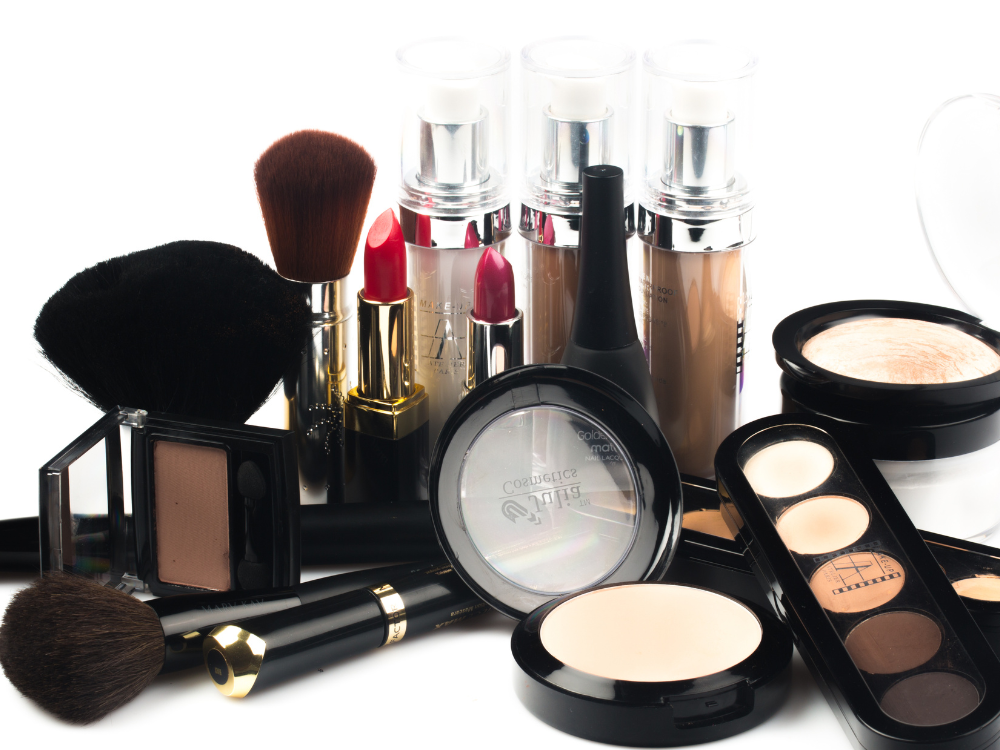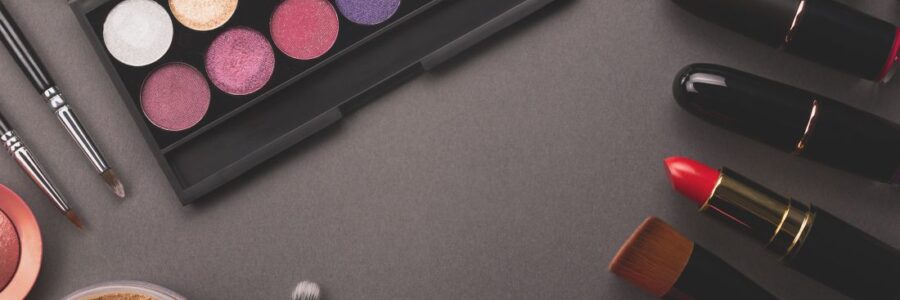
Recalcitrant acne is a stubborn, ongoing issue commonly seen in dermatology practices nationwide. Despite the availability of various oral and topical treatments, gram-positive and gram-negative skin infections often go undiagnosed in patients with acne resistant to these therapies. While I frequently use isotretinoin for patients with cystic or recalcitrant acne, I always perform a culture before starting treatment. More often than not, I discover that patients have skin infections resistant to the typical antibiotics used for acne treatment.
The Impact of Makeup on Recalcitrant Acne
One of the most common culprits of recalcitrant acne is makeup. A study by Bashir and Lambert, published in the Journal of Applied Microbiology, found that 70%-90% of makeup products tested—including lipstick, lip gloss, eyeliners, mascara, and beauty blenders—were contaminated with bacteria. Staphylococcus aureus, Pseudomonas aeruginosa, and Escherichia coli were the most common offenders. The highest contamination rates were found in beauty blenders, the small sponges used for makeup application, which also had high rates of fungal contamination.
Makeup Expiration and Bacterial Contamination
The expiration dates on cosmetic products indicate how long the preservatives can effectively control bacterial contamination. These dates are often marked with an open jar symbol on packaging, indicating a shelf life of 3M, 6M, 9M, or 12M. Unfortunately, many consumers unknowingly continue using products beyond the expiration date. Mascara is the most common product used past its expiration date.
Diagnosing and Preventing Skin Infections in Acne
It’s essential to rule out gram-positive and gram-negative infections in all cases of recalcitrant acne. When requesting cultures, be sure to specify that gram-negative bacteria should be included, as not all labs routinely grow these bacteria from skin swabs.
Tips for Makeup Hygiene
To prevent makeup-related skin infections, counseling patients on proper hygiene and sanitization techniques is crucial. Makeup applicators, such as brushes, tools, and towels, should be regularly cleaned. Beauty blenders should be single-use only and disposed of after every application.
In my clinic, I recommend that patients wash all makeup devices and brushes weekly with hot, soapy water and blow-dry them immediately afterward. Lipsticks, mascara wands, and lip glosses should be sanitized with alcohol once a month. Finally, cosmetic products should be disposed of once they reach their expiration date.
Shop our favorite skincare and more on Derm to Door.com!
Head back to our blog here!


